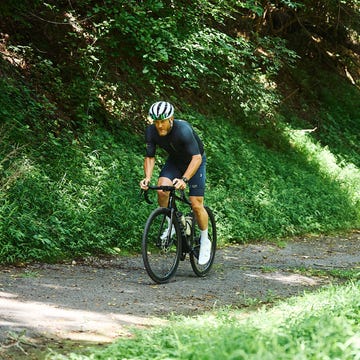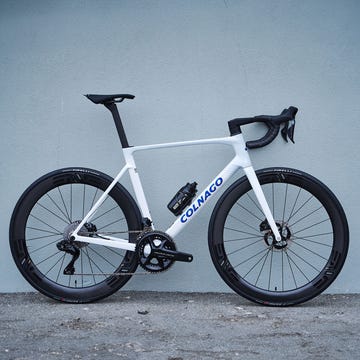In cycling lore, a quote attributed to Eddy Merckx has been around for ages. It goes something like, “Don’t buy upgrades, ride up grades.” Feel free to bust that out if you ever feel like killing the mood of someone happily telling you about their new bike.
Fortunately, the two are not mutually exclusive and many riders derive joy from tinkering with and upgrading their bikes and riding them. As a former racer, I’ll admit to having spent too time thinking about upgrading my bike. As a cycling tech writer, I have heard every possible variation of the “What should I upgrade on my bike?” question from readers and friends. The most popular version I hear is, “What’s the best bang for the buck upgrade?” It’s my favorite version of the question because my answer usually surprises people.
The best bang for your buck upgrade for your bike is your tubes. No, really!
I’ve written that the first upgrade you should make to your bike is your tires. You can read that story for all the reasons why. However, you can get as much performance gain from swapping out a standard butyl inner tube for a TPU or Latex tube as you can from upgrading your tires. Except that a nice set of TPU or Latex tubes will run you between 40 and 60 dollars, which won’t even get you one Continental GP 5000 S TR road tire.
There are two main ways in which Latex or TPU tubes improve performance. The simplest is that they are lighter. A typical butyl inner tube weighs around 100g, depending on the specific size and valve. A latex inner tube weighs about half of that, at 50g, saving 100g of rotational weight between both wheels. A TPU tube can be even lighter. The Tubolito S-Turbo tube comes in at just 22 grams. That’s nearly 1/5th of the weight of a butyl tube.
Saving 100 or 150 grams might not feel like a lot, but remember that you are dropping a third of a pound of rotating weight, which you will feel much more than if you bought a crankset that was 150g lighter. Not to mention that lightweight cranksets would be a much costlier upgrade.
The more complex and impactful way Latex and TPU tubes improve performance is by lowering the bike's rolling resistance, which comes from internal friction or energy loss due to hysteresis. Latex and TPU tubes are made from thinner and more flexible material than butyl tubes, which allows them to better deform to road imperfections and give up less energy. This means that with constant effort from the rider, a bike with better tubes will roll faster than one with standard butyl inner tubes.
How much faster? The answer will depend greatly on the tube you are upgrading to. But according to testing from Bicycle Rolling Resistance, which tested ten different kinds of tubes and a tubeless setup using a Continental GP5000 S TR tire, the fastest latex and TPU tubes could save between 3 and 3.5 watts (riding 18mph at 60 psi). Remember that you’ll want to double that figure since you’ll see a reduction of rolling resistance in both wheels.
Just like the weight savings on inner tubes, 6 or 7 watts might not sound like anything to get excited about. But that can often be the claimed aero benefits of a multi-thousand-dollar frame or wheelset. Obviously, a new set of inner tubes does not illicit the same kind of new bike or wheel day feel, but if tangible performance gains are what you’re after, consider upgrading your humble inner tubes.
Test Editor Dan Chabanov got his start in cycling as a New York City bike messenger but quickly found his way into road and cyclocross racing, competing in professional cyclocross races from 2009 to 2019 and winning a Master’s National Championship title in 2018. Prior to joining Bicycling in 2021, Dan worked as part of the race organization for the Red Hook Crit, as a coach with EnduranceWERX, as well as a freelance writer and photographer.
















